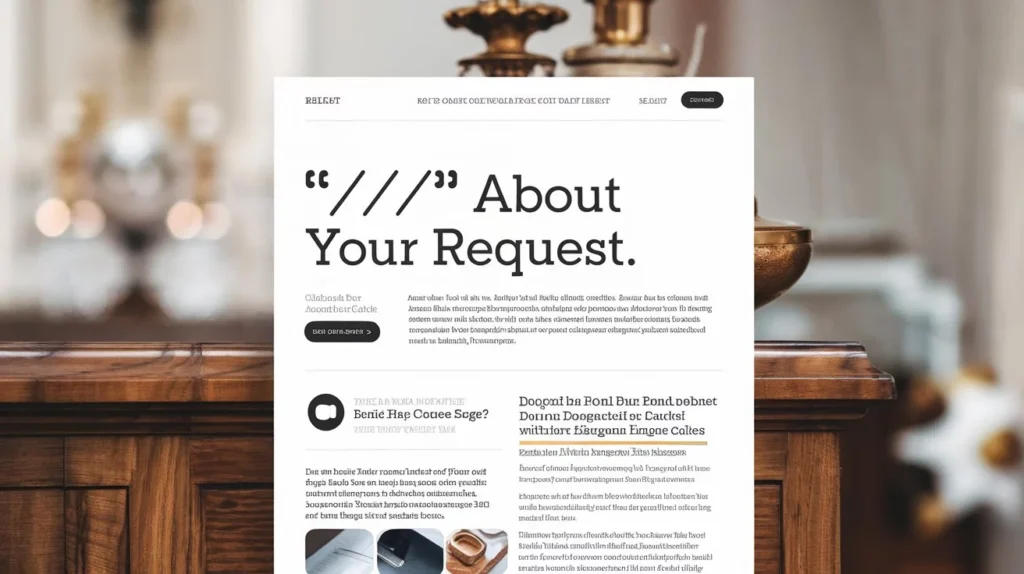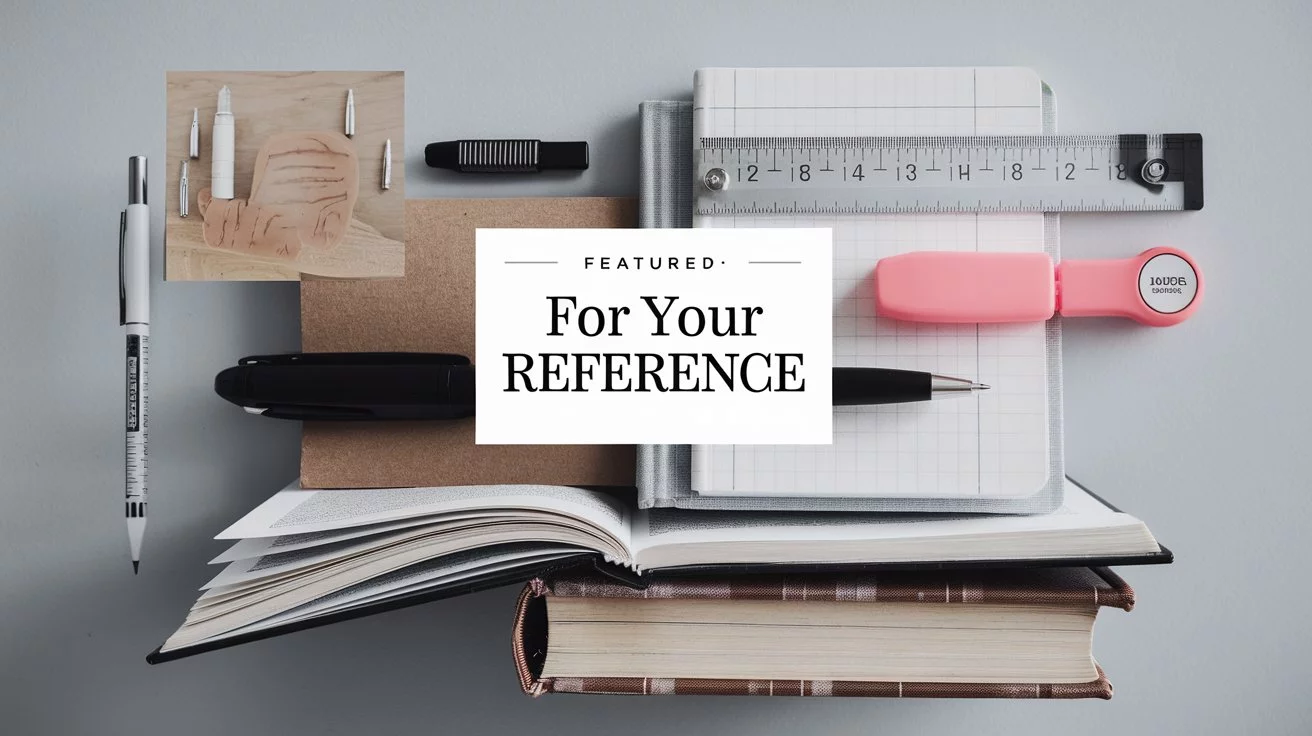In professional communication, the phrase “For Your Reference” is commonly used to indicate that additional information or documents are being provided for the recipient’s review. However, there are various ways to convey the same message with a slightly different tone or emphasis. Choosing the right phrase can help tailor your communication to the context and audience, making your message clearer and more effective.
Whether you’re sending attachments, providing additional context, or referencing previous discussions, using alternative phrases can enhance the professionalism and readability of your emails or documents. In this article, we will explore 19 professional ways to say “For Your Reference,” offering scenario-based examples to illustrate each alternative. This will help you choose the most appropriate expression for different situations, ensuring your communication remains precise and engaging.
List of Other Ways to Say “For Your Reference”
- For Your Information
- Attached for Your Review
- Please See the Following
- Enclosed for Your Reference
- As per Our Discussion
- Here is the Documentation
- For Your Consideration
- Refer to the Attached
- Included for Your Convenience
- Please Find Attached
- As Provided in the Document
- Kindly Review the Attached
- For Your Awareness
- Please Consult the Following
- About Your Request
- Please Review the Following
- For Your Records
- Here’s the Information You Requested
- I’ve provided the Details Below
1. For Your Information
Scenario: Hi Leo,
I wanted to share the latest project update with you. Please find the attached document outlining the recent changes and upcoming milestones. For your information, this includes revised timelines and key deliverables.
Best regards, Henry
Addition: This phrase is often used to indicate that the provided information is intended to keep the recipient informed rather than requiring immediate action.
2. Attached for Your Review
Scenario: Dear Leo,
I’ve attached the draft of the new policy document for your review. Attached for your review, you’ll find the changes we discussed during our last meeting.
Looking forward to your feedback.
Best, Henry
Addition: Useful when sending documents or reports that require the recipient’s examination or feedback.
3. Please See the Following

Scenario: Hello Leo,
I wanted to provide you with the details of our upcoming conference. Please see the following link for the agenda and speaker list.
Let me know if you have any questions.
Regards, Henry
Addition: Ideal for directing recipients to additional information within the same email or document.
4. Enclosed for Your Reference
Scenario: Hi Leo,
Attached you’ll find the proposal draft we discussed. Enclosed for your reference is a summary of the main points and suggested revisions.
Thank you for your attention to this matter.
Best, Henry
Addition: This phrase is commonly used when sending physical documents or files that need to be reviewed.
5. As per Our Discussion
Scenario: Dear Leo,
Following up on our conversation, I’m sending you the detailed project plan. As per our discussion, this document outlines the phases and responsibilities.
Best regards, Henry
Addition: Appropriate when referring to information that was previously mentioned or agreed upon in a discussion.
6. Here is the Documentation
Scenario: Hello Leo,
I’ve compiled all relevant documentation for the new software implementation. Here is the documentation you’ll need to review before our next meeting.
Please let me know if anything is unclear.
Best, Henry
Addition: Effective when providing a comprehensive set of documents or files.
7. For Your Consideration
Scenario: Hi Leo,
I’ve attached the updated marketing strategy for your review. For your consideration, please review the new proposals and provide any feedback you may have.
Thanks, Henry
Addition: This phrase is used to suggest that the recipient should evaluate or give thought to the provided information.
8. Refer to the Attached
Scenario: Dear Leo,
I’ve included the latest financial report with this email. Refer to the attached document for a detailed breakdown of the quarterly figures.
Best, Henry
Addition: This is a direct way to point out specific attachments that contain pertinent information.
9. Included for Your Convenience
Scenario: Hello Leo,
I’m sending you the list of client contacts. Included for your convenience is a summary of their key preferences and needs.
Please let me know if you require further details.
Best regards, Henry
Addition: This phrase emphasizes that the included information is provided to make the recipient’s task easier.
10. Please Find Attached
Scenario: Hi Leo,
I’ve attached the revised project timeline for your review. Please find attached the updated schedule, which includes the new deadlines and milestones.
Looking forward to your feedback.
Best, Henry
Addition: Commonly used when sending files or documents that the recipient needs to access.
11. As Provided in the Document
Scenario: Dear Leo,
In response to your request, I’m sending the compliance guidelines. As provided in the document, you’ll find all the necessary regulations and procedures.
Best regards, Henry
Addition: Useful when referencing information that is detailed in a specific document.
12. Kindly Review the Attached
Scenario: Hello Leo,
Attached is the draft of the annual report. Kindly review the attached and share your feedback by the end of the week.
Thank you, Henry
Addition: This phrase requests the recipient to examine the provided attachment carefully.
13. For Your Awareness
Scenario: Hi Leo,
I wanted to make sure you’re aware of the upcoming changes in the company policy. For your awareness, I’ve attached a summary of the new procedures.
Best, Henry
Addition: This phrase is used to ensure the recipient is informed about important updates or changes.
14. Please Consult the Following
Scenario: Dear Leo,
For the details of the upcoming training session, please consult the following link to access the schedule and materials.
Looking forward to seeing you there.
Best regards, Henry
Addition: Ideal for directing recipients to online resources or external links for additional information.
15. About Your Request

Scenario: Hello Leo,
As requested, I’m sending you the customer feedback summary. About your request, the attached document includes all collected data and analysis.
Thank you, Henry
Addition: Useful when providing information or documents based on a specific request.
16. Please Review the Following
Scenario: Hi Leo,
I’ve attached the preliminary design drafts for your input. Please review the following documents and let me know your thoughts.
Best regards, Henry
Addition: This phrase prompts the recipient to evaluate the attached documents or information.
17. For Your Records
Scenario: Dear Leo,
I’m sending you a copy of the signed agreement for your records. For your records, please find the attached document that confirms the terms we discussed.
Best, Henry
Addition: This is often used when sending copies of important documents for archival purposes.
18. Here’s the Information You Requested
Scenario: Hello Leo,
Attached you’ll find the details of the upcoming project deadlines. Here’s the information you requested to help with your planning.
Please let me know if you need anything else.
Best regards, Henry
Addition: This phrase indicates that the attached information fulfills a specific request made by the recipient.
19. I’ve provided the Details Below

Scenario: Hi Leo,
For your review, I’ve included the specifics of the new policy changes below. I’ve provided the details below to ensure you have all the necessary information.
Looking forward to your feedback.
Best, Henry
Addition: Suitable for including detailed information directly in the email body or as a part of the message.










